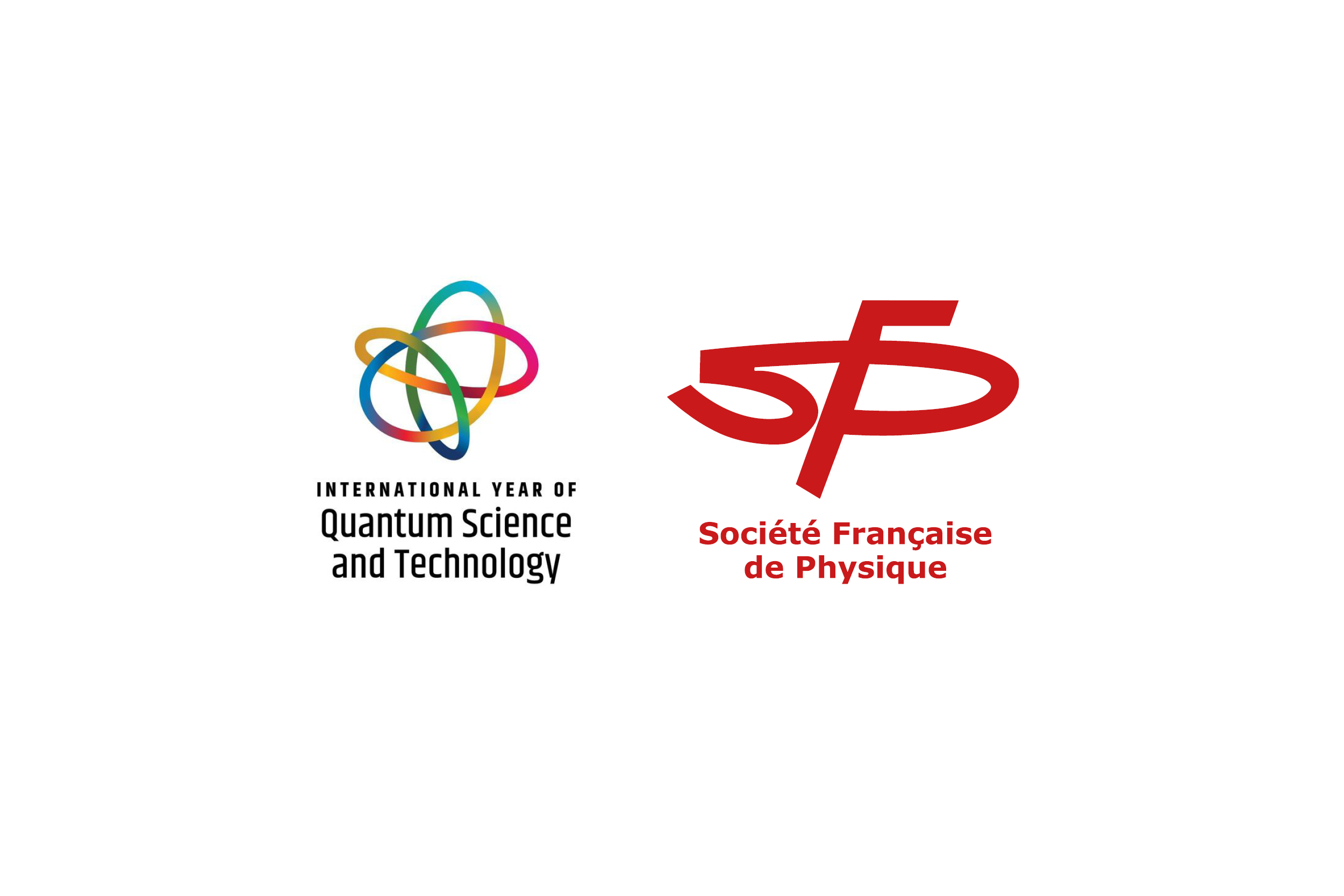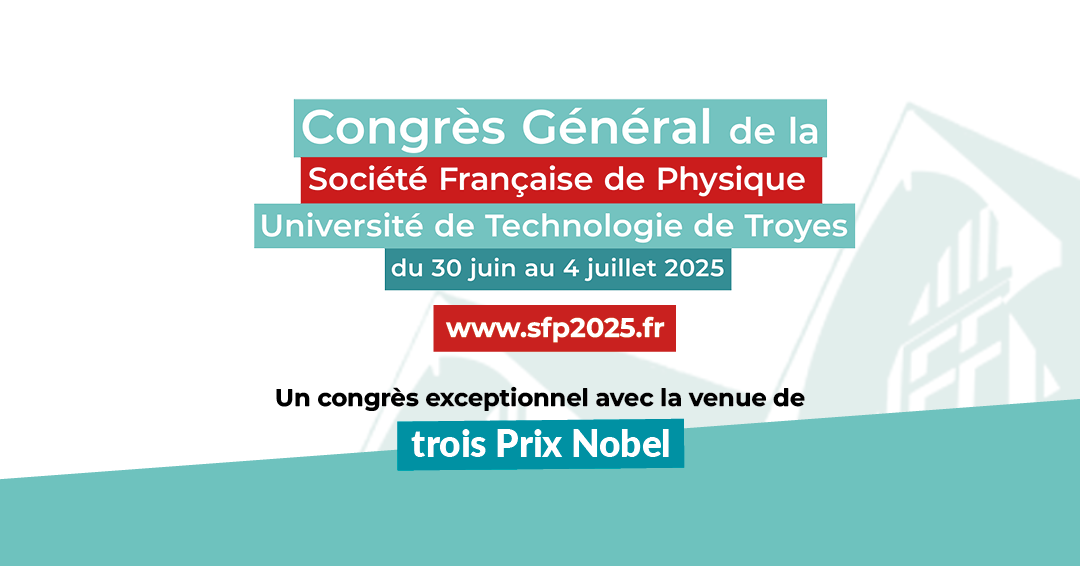EPJ D Highlight - Retrieving physical properties from two-colour laser experiments
|
Useful information about ultrafast light-matter interactions is buried deep in the signals produced by two-colour pump-probe experiments, and requires sophisticated techniques to disentangle it. When photons of light interact with particles of matter, a diverse variety of physical processes can unfold in ultrafast timescales. To explore them, physicists currently use ‘two-colour pump-probe’ experiments, in which an ultrashort, infrared laser pulse is first fired at a material, causing its constituent electrons to move. After a controllable delay, this pulse is followed by a train of similarly short, extreme-ultraviolet pulses, ionising the material. By measuring the total ionisation following the pulses along with the resulting electron energy spectra, physicists can theoretically learn more about ultrafast, light-matter interactions. In new research published in EPJ D, an international team of physicists, led by Eric Suraud at the University of Toulouse, discovered that these signals are in fact dominated by the less interesting interplay between electrons and the initial infrared laser. They show that more useful information is buried deeper within these signals, and requires sophisticated techniques to disentangle it. |
The team’s discoveries could enable physicists to learn more about processes such as vision and photosynthesis, as well as technologies like solar panels; all of which are driven by ultrafast interactions between light and matter. Their analytical and numerical analyses offer the first indications of the mathematical techniques that can be used to extract physically useful information from raw, pump-probe data. They also provide an initial idea about how this information can be distinguished from the signatures arising from the initial infrared laser.
Suraud and colleagues obtained these findings by considering the responses of systems including helium atoms, diatomic nitrogen molecules, and ionised clusters of sodium, to two-colour pump-probe experiments. The team says their results call for improvements to both experimental and theoretical approaches to the technique. In the future, this could potentially allow physicists to develop robust analytical and numerical toolsets for studying ultrafast interactions between light and matter.
T. Brabec, P. M. Dinh, C. Z. Gao, C. R. McDonald, P-G. Reinhard, E. Suraud (2019) Physical mechanisms encoded in photoionization yield from IR+XUV setups, European Physical Journal D 73: 212, DOI: 10.1140/epjd/e2019-90507-4
https://epjd.epj.org/
Article posté le 11/12/2019
.jpg)

